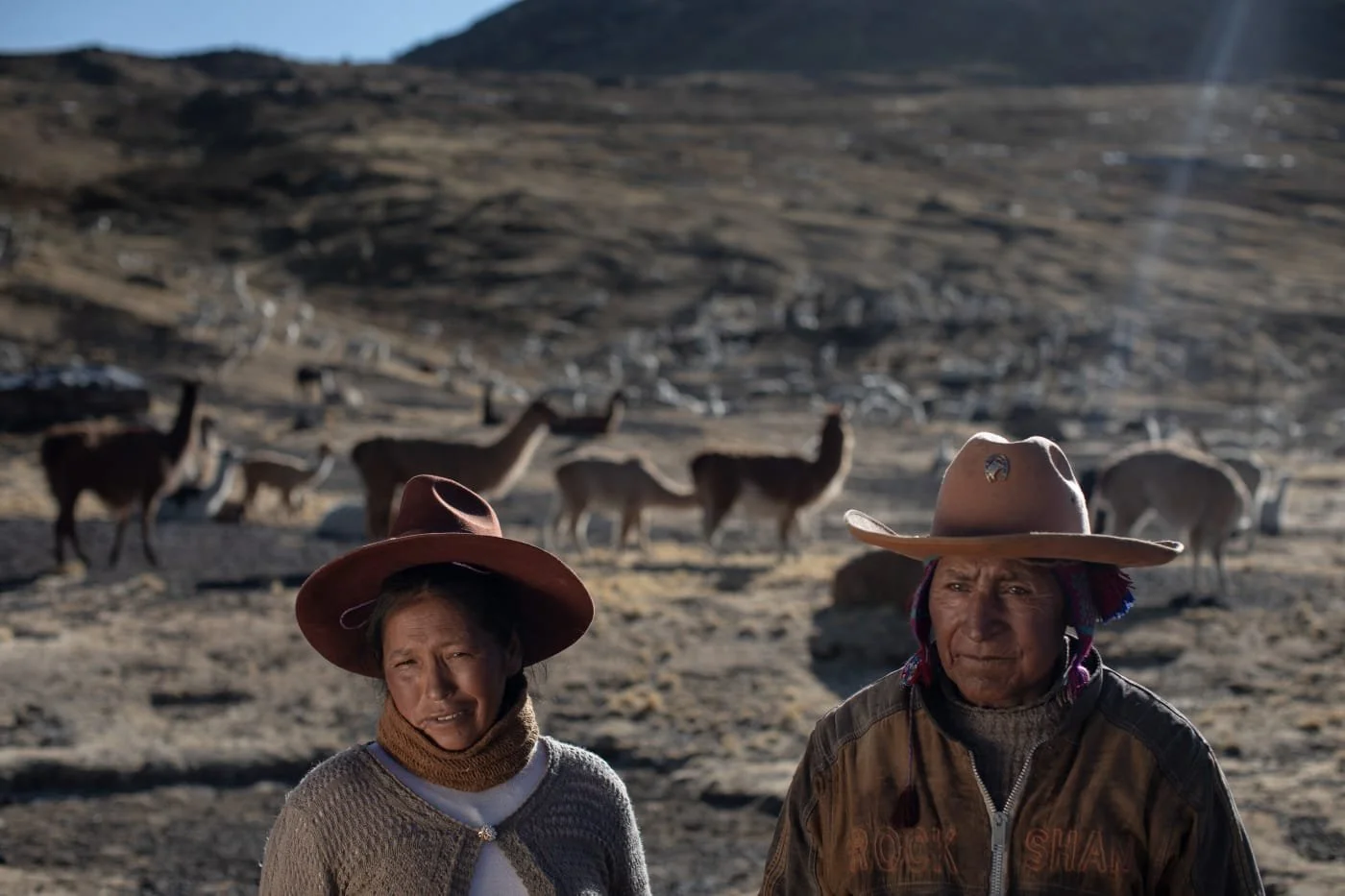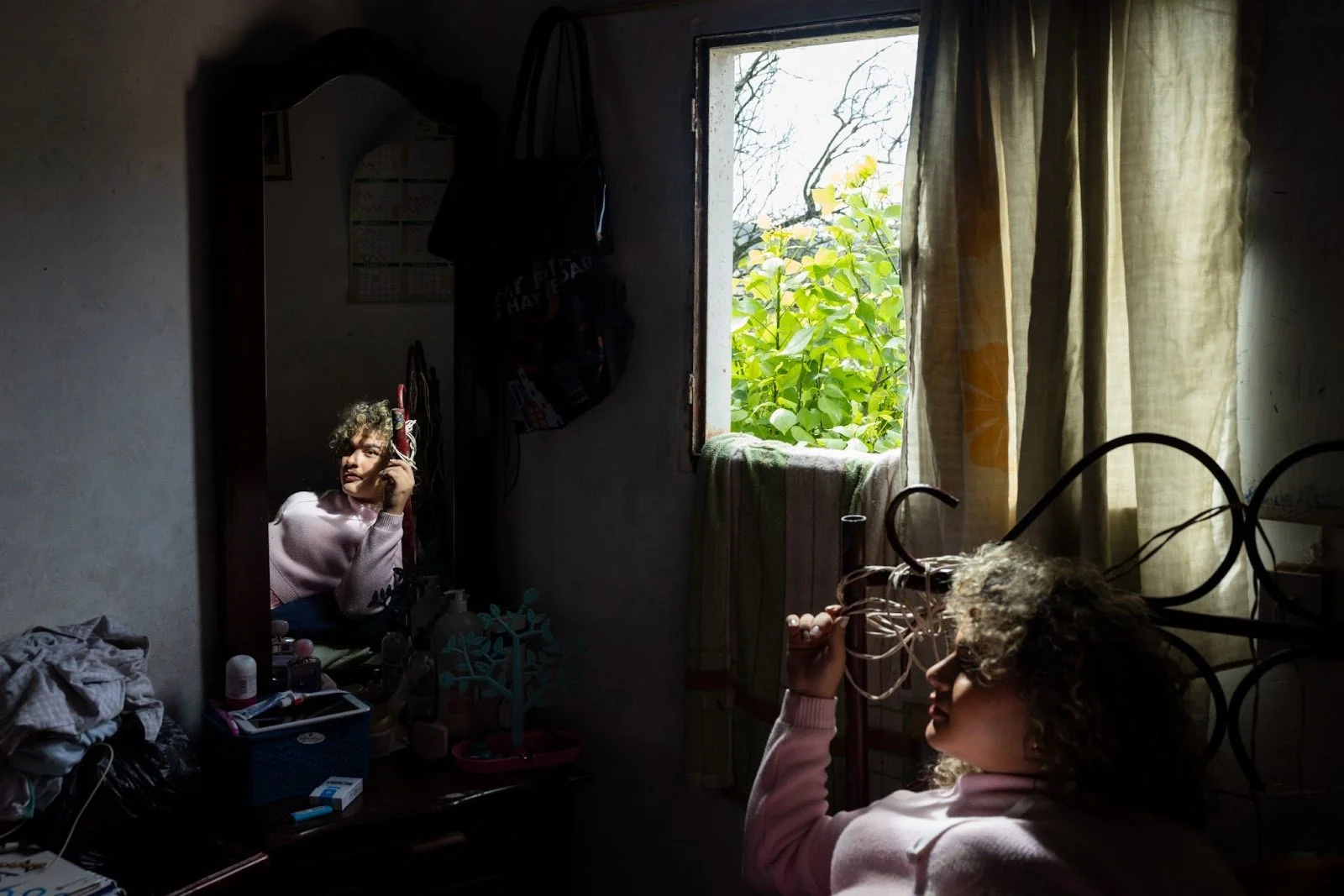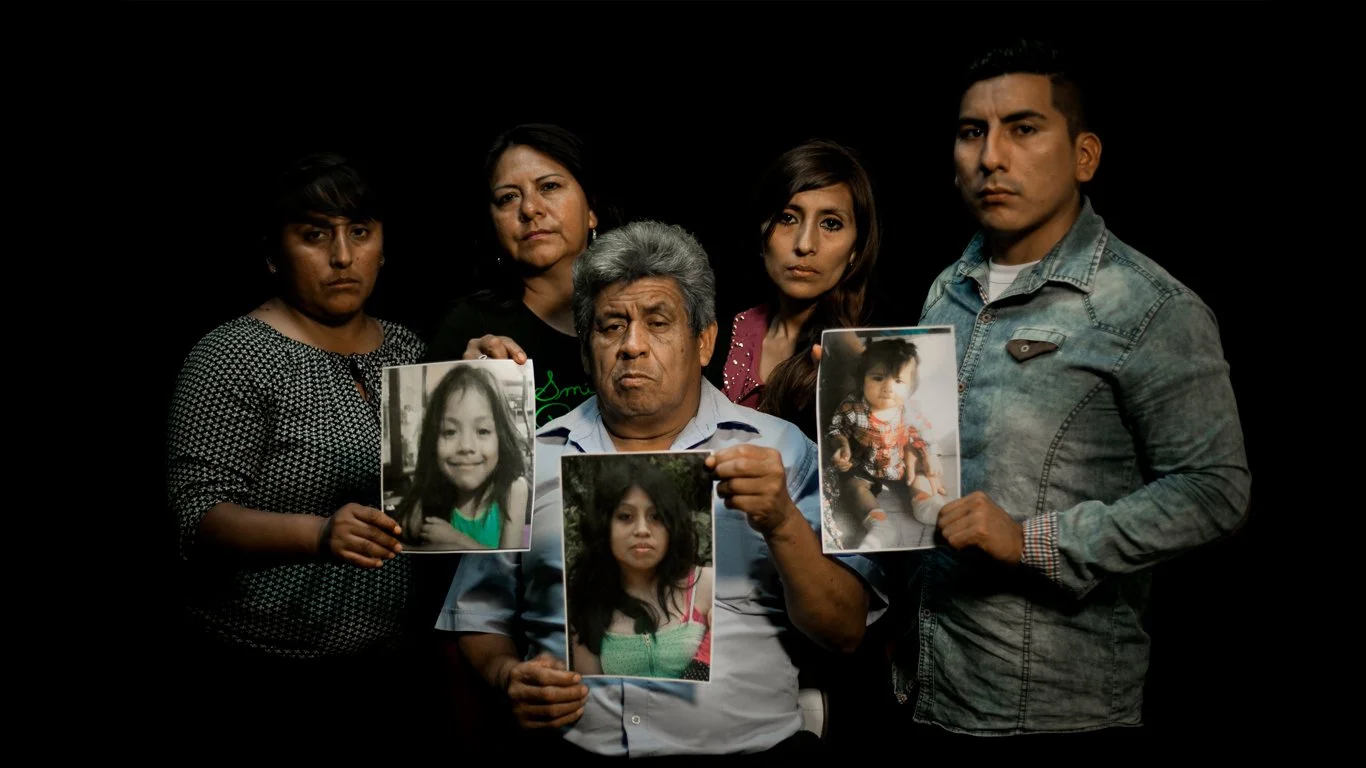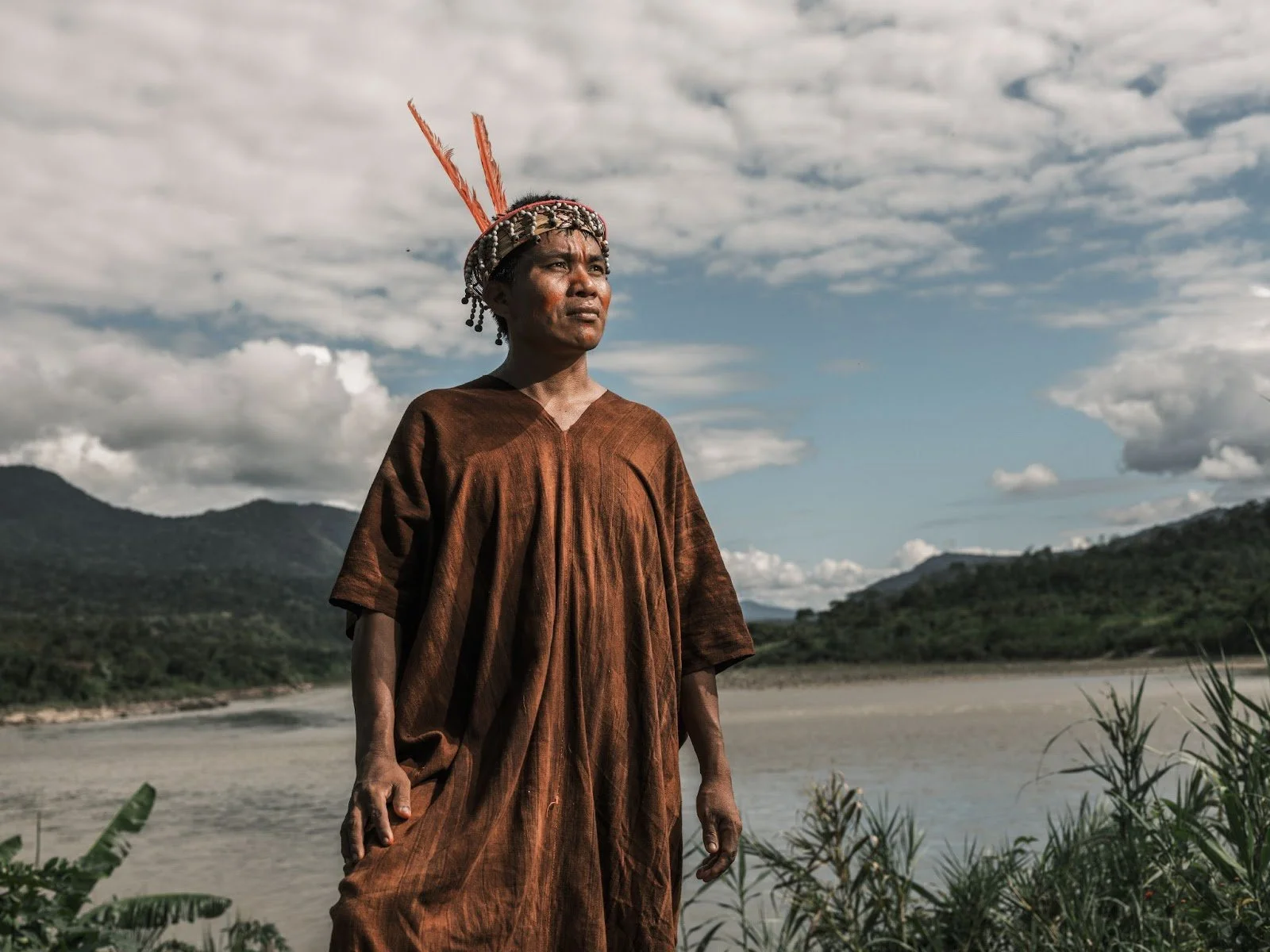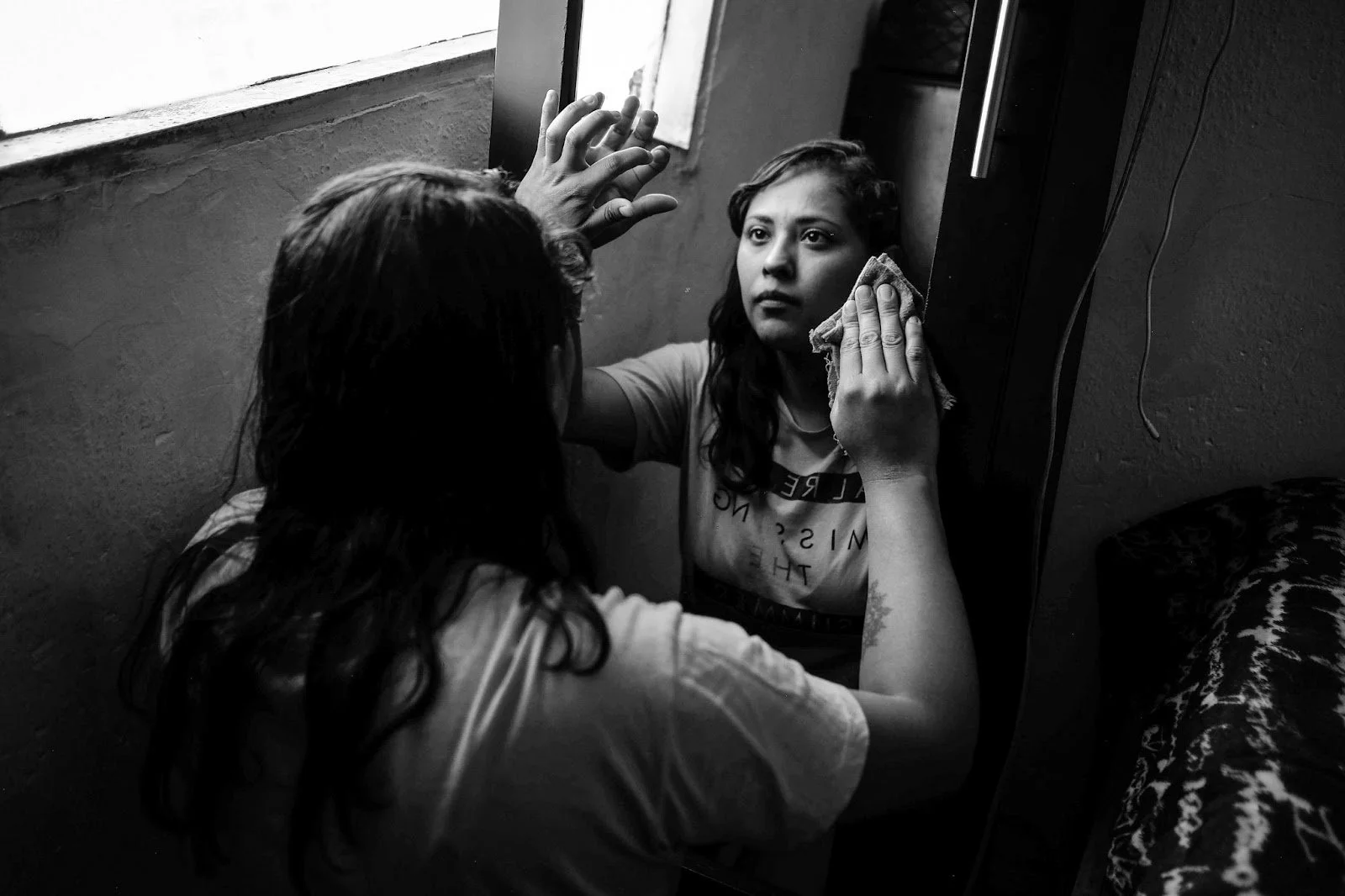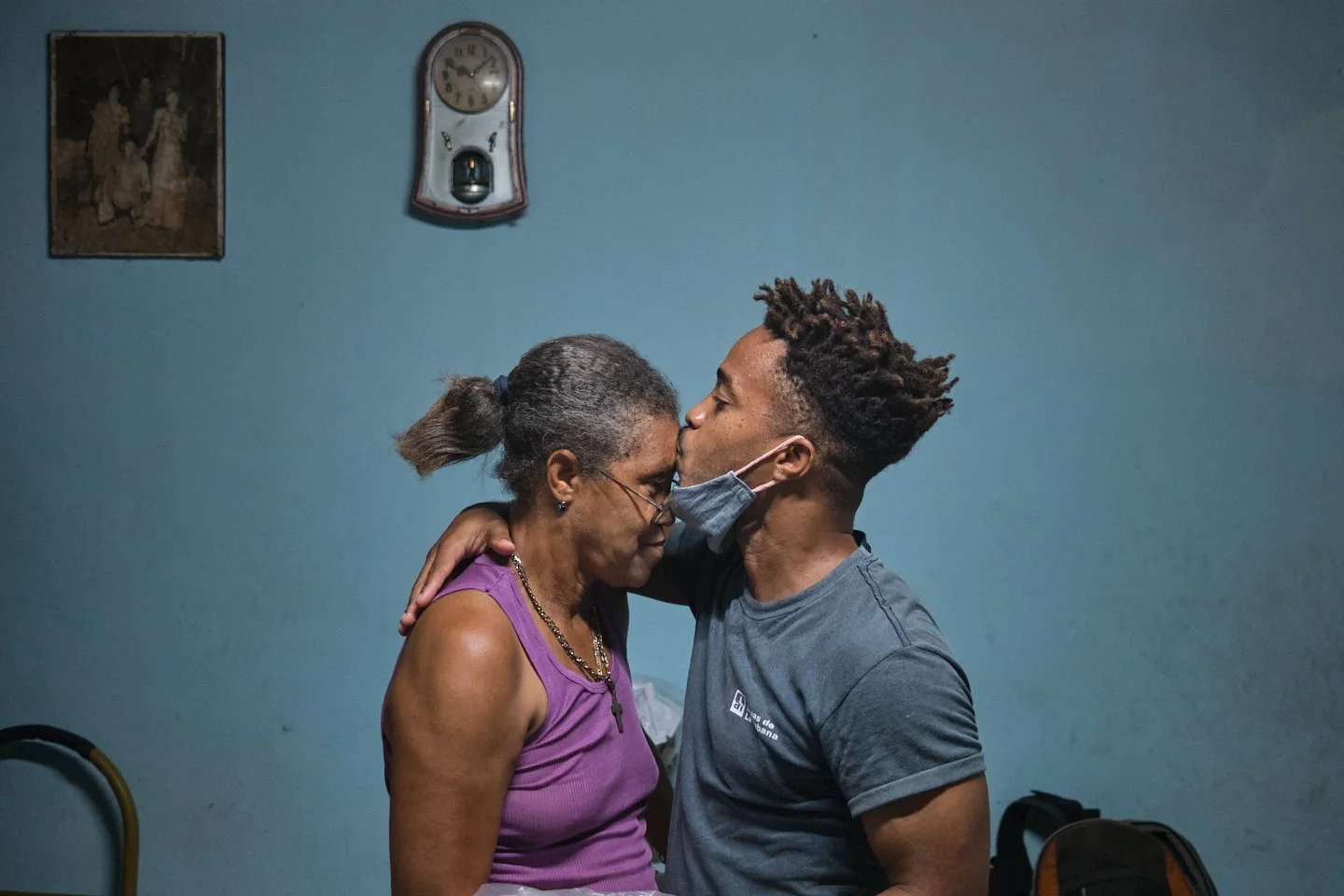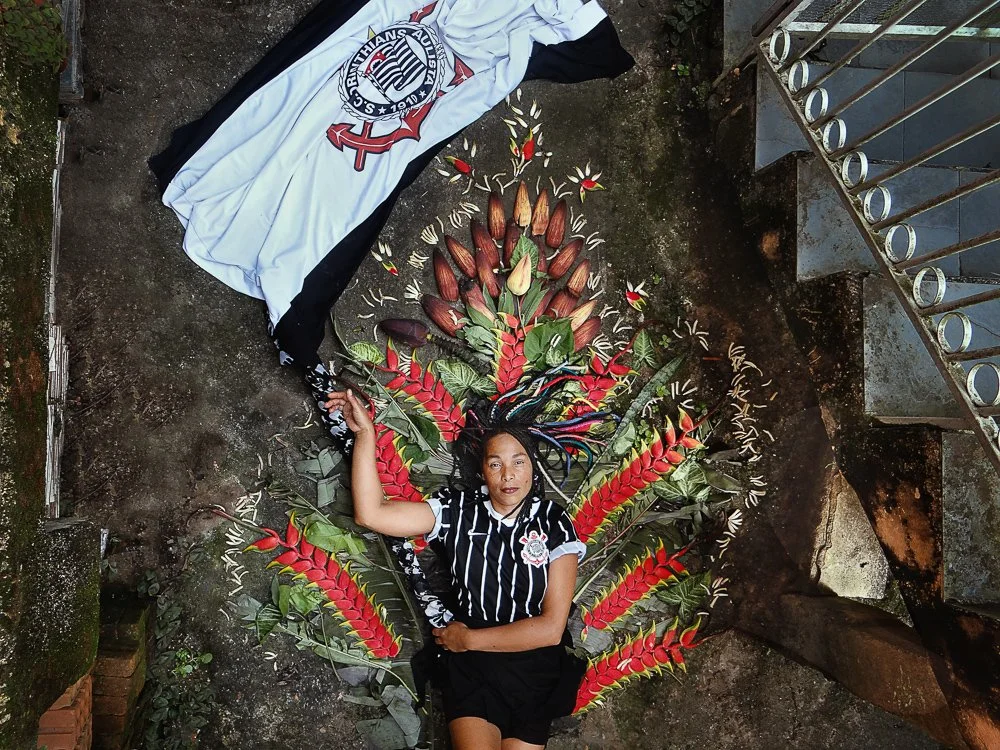Latin American Photo Festival | Bronx Documentary Center
Only Will Be Black Mountains © Ángela Ponce
An interview with Bronx Documentary Curator Cynthia Rivera
By Oman Morí
Photography as a tool to raise awareness has been one of the main goals of the Latin American Photo Festival throughout the years. Organized by the Bronx Documentary Center and from July 13th to 30th 2023, the outdoor and indoor exhibition will hold its 6th edition by presenting works from fifteen emerging and established Latin American talents. Documentary works revolve around different issues that our societies face and are very often under authorities’ radar. The South Bronx, specifically the Melrose neighborhood, has been one of New York’s most thriving Latino communities representing various Hispanic countries. This setting provides the perfect backdrop to spark discussions on the role of photography in driving social change.
The photographs on display will hail from Bolivia, Colombia, Chile, Cuba, Mexico, Peru, and Venezuela, representing extensive projects focused on crucial subjects in the region. These themes include missing persons, femicides, indigenous people’s rights, trans rights, youth exodus, etc. In addition to the exhibition, the Festival will host various engaging activities such as in-person workshops, tours, panel discussions, and other community events organized by the BDC.
Musee Magazine spoke with one of the curators, Cynthia Rivera, about the goals of the festival, its motivations, and Latin American photography’s current situation.
Being © Fernanda Pineda
Oman Morí: Can you tell us how the festival first started?
Cynthia Rivera: For a long time, At the Bronx Documentary Center, we wanted to do a photo festival within our community. We always felt that the best way to do it was to bring the photographs to the people. We had collaborated with Photoville for several years, and their format of small indoor containers and outdoor vinyl banners seemed ideal. This was back in 2018. Sometimes people don’t want to go inside a gallery, galleries can be intimidating or have never been in one before, and that space might not feel as comfortable. The outdoor format allowed us to reach people on the go, as the neighborhood is always bustling with residents commuting to work or school. And since our community is predominantly people from Latin America, people from the Caribbean, and Central America, we figured it would be great to start a festival with photography from those areas. Also, all of the many photographers that we’ve met over the years just in passing or people that have come to visit our space are mostly from those areas. So, why not start a festival that is based on photographers from these different countries that are doing work within these countries?
We also realized that no other photography festivals in New York specifically focused on documentary and photojournalism. It quickly became evident that this could become an annual event.
Desaparecidas © Audrey Cordova Rampant
The Third Feminist Wave in Chile © Nicole Kramm Caifal
How do you go about the selection process for the festival?
Cynthia Rivera: Throughout the years, we have compiled a roster of about eighty photographers from Latin America, and we encourage them to share their recommendations for emerging and established photographers. Additionally, we welcome individual applications and submissions to diversify our selection process. Embracing emerging artists ensures our festival remains dynamic and adaptable to the changing landscape of photography. All the work we exhibit here, not just during the festival, is always documentary or photojournalist based. But when it comes to a theme, like a particular story, we try not to put any restrictions on ourselves since calling it a documentary and using solely photojournalism is already somewhat restrictive. What has become a little more complex is that I’ve noticed that many people have shifted a little bit away from documentary photography and photojournalism in the sense that their projects have become more conceptual.
This change stems from their desire to tell personal or traumatic stories that are difficult to tell visually.
So people are starting to find other types of creative ways of showing that kind of work and telling those stories. As a documentary center, we have to navigate the fine line between what is considered too conceptual and what still falls within the realm of documentary.
This year, we introduced a new category specifically for a group exhibition in a gallery. The subject of the exhibition revolves around missing persons and femicides. Together with our founder, Michael Kember, we selected five projects that address these issues.
Ashaninkas© Musuk Nolte
Substitute Mother © Greta Rico
Can you share the motivation behind focusing on missing people and femicides?
Cynthia Rivera: It became apparent that there was a significant problem that many people needed to be discussing, and even governments within those countries were avoiding the topic for various reasons. As we focused on various social issues in Latin America, it became clear that this was one of the biggest concerns.
I remember on a trip we did as a group to el Centro de la Imagen in Mexico City, we heard on the radio about these people that had been kidnapped that morning, and they were talking about it in the news. And so we started talking about it as a group, which stuck with me. So why wouldn’t we create as much awareness around it as possible? The subject appeared again on another trip to Oaxaca, Mexico. They were doing a procession and a protest in the city’s center. It was specifically for genocides. One of the mothers who had lost her daughter told her story. And they did it in the center of the city because that’s where most tourists go. And her point was to explain to tourists what it is that happens in Oaxaca.
This city, while beautiful, faces its own set of issues that cannot be ignored. The speaker desired to shed light on a particular issue that was being overlooked by mainstream media, particularly in America and Europe, where tourists often come from. The message was clear - if you visit Oaxaca, please spread the word about what is happening here. That’s when I thought we must do an exhibit that raises awareness around this issue.
The Weight Of Absence And The Cuban Youth Exodus © Natalia Favre
Cuerpas Reales © HINCHAS REALES
How long have you been part of the Bronx Documentary Center?
Cynthia Rivera: I have been a part of the BDC team for a decade now. Because we are a small organization, we are highly flexible, making collaborating and brainstorming easy. Together we identify themes and concerns and work together to create exhibitions that align with the needs of our community, including the families of our students and members of the local area. This approach allows us to remain flexible while addressing important topics and issues. What we see in the news greatly influences everything we do. Also, if we don’t see something in the news that we know is a big issue, we may feel compelled to discuss it and find ways to raise awareness through events such as exhibitions, panel discussions, or film screenings.
One of the topics that we’ve been looking at for a very long time is gun violence. It’s a big issue within our community and the US. We’ve been talking a lot about this for years as to how you create an exhibition around gun violence that is also very sensitive. We aim to create an exhibition that raises awareness without traumatizing the audience. How do you carefully curate and talk about something that is an issue that people should be talking about and pushing for in terms of laws and legislation? Many of our exhibits fall under that in terms of war photography, issues on violence against women, or issues on the LGBTQ plus community. So we’re always looking to balance how you talk about something without traumatizing your audience. we aim to provide a safe space for dialogue, allowing people to talk about these issues openly
From July 13th to July 30th, the Latin American Photo Festival will occur in the Bronx Documentary Center gallery ( 614 Courtland Ave) and on the streets of the south Bronx’s Melrose Neighborhood.


